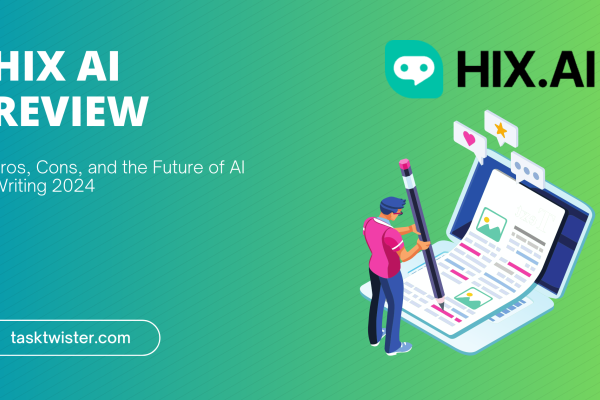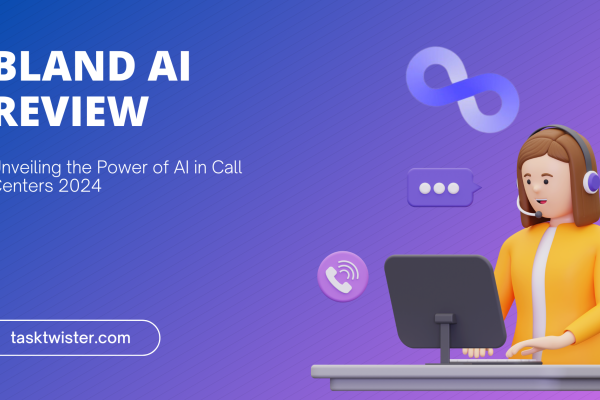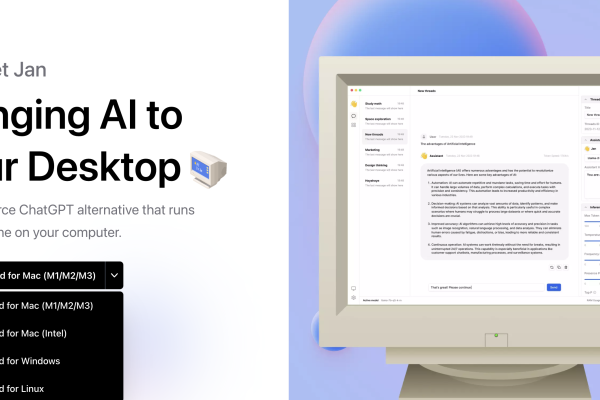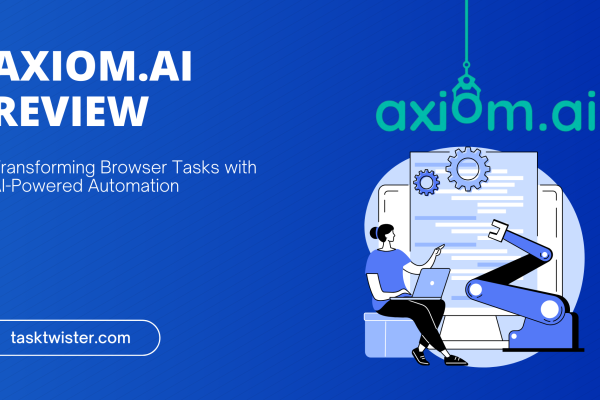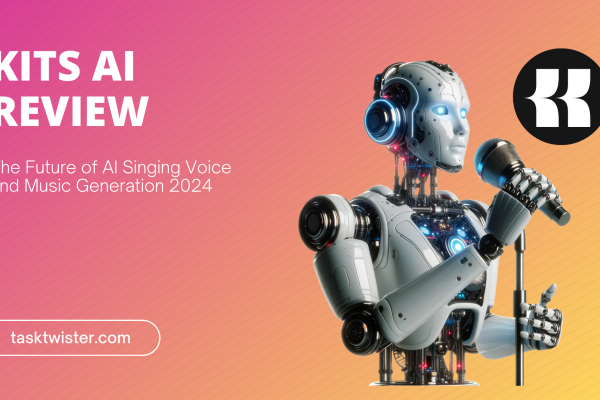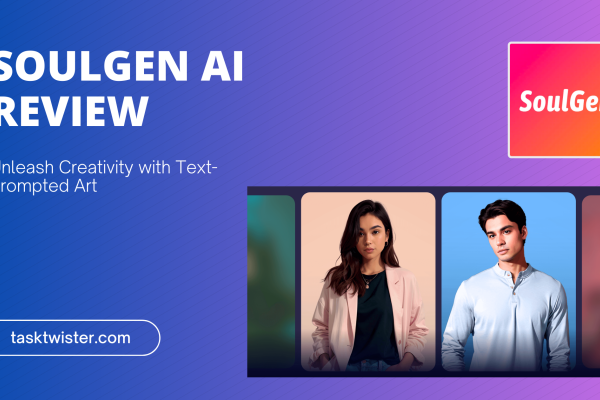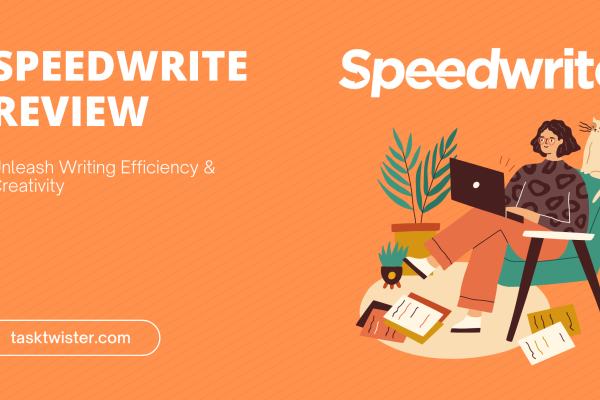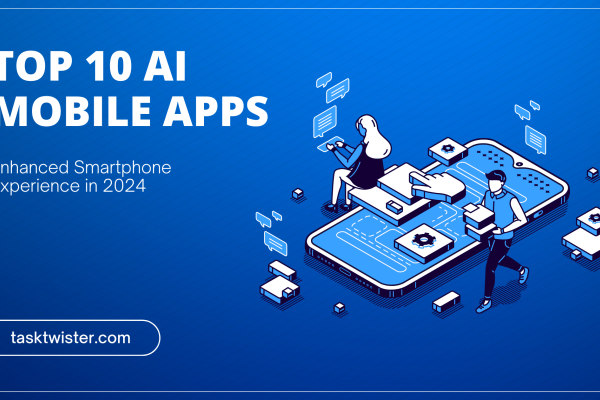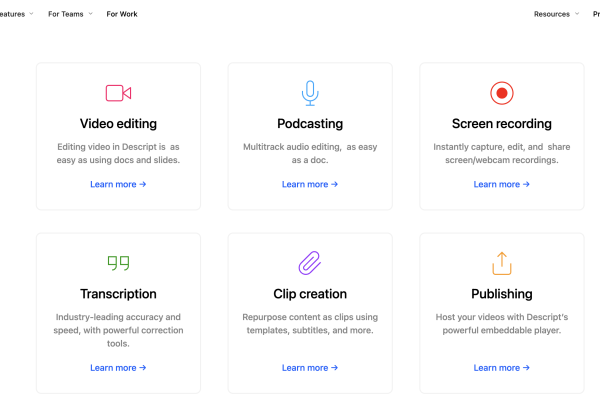How to Use Microsoft Copilot’s New Suno AI: A Comprehensive Guide
Noah
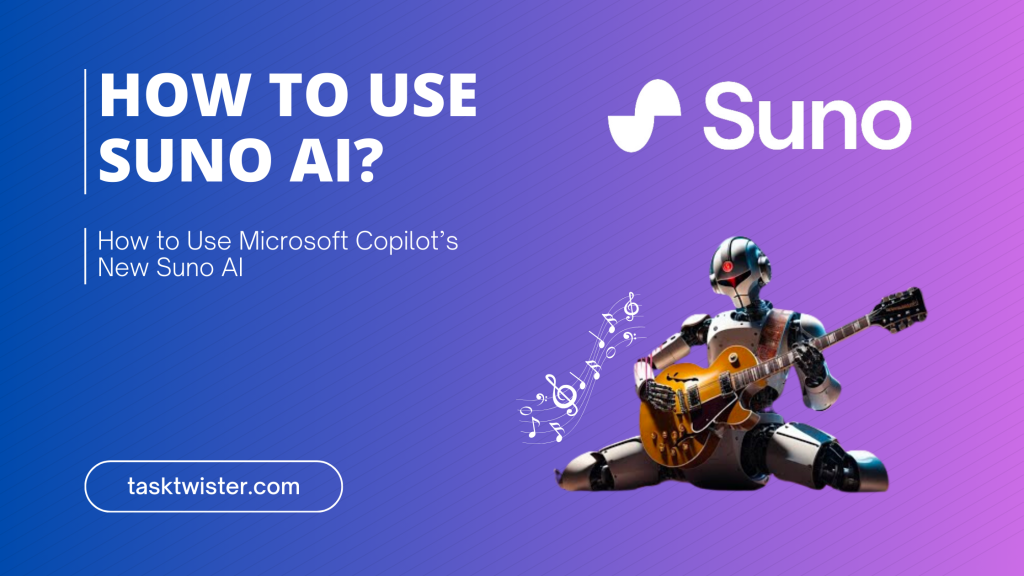
Table of Contents
Chapter 1: Introduction to Microsoft Copilot and Suno AI
1.1. Understanding Microsoft Copilot: Revolutionizing Song Writer
Microsoft has recently unveiled a captivating addition to its Copilot code completion tool – the power to produce original music through AI. Referred to as Suno, this innovative integration empowers individuals to effortlessly craft songs, instrumentals, and more by means of straightforward text prompts.
- Unbounce Review 2023: Unveiling the True Potential of This Landing Page Builder
- Heygen AI: A Complete Guide to Movio AI Spokesperson Video Generator in 2023
- The Top 10 AI Video Generators of 2023
- FlexClip Review 2023: Transform Your Video Editing Experience
- The Future of Writing is Here: A Deep Dive into GoCharlie AI
1.2. Introduction to Suno: AI-Driven Music Generation
Building on the success of Copilot, Microsoft has introduced Suno, a pioneering feature that ventures into the creative domain of music generation. Suno is not just an extension; it’s a redefinition of what AI can achieve in the artistic sphere. By inputtingsimple text prompts, users can now harness Suno to compose original pieces of music, spanning a wide array of genres and styles. This innovative tool democratizes music creation, making it accessible to anyone regardless of their musical background or expertise.
You are viewing: How to Use Microsoft Copilot’s New Suno AI: A Comprehensive Guide
1.3. The Synergy of Copilot and Suno in Creative Processes
The integration of Suno into Copilot marks a significant leap in AI-assisted creativity. This synergy offers a unique blend of technical coding prowess and artistic musical composition. It’s a harmonious convergence where logical code meets emotive melody, enabling developers and creatives alike to explore new horizons in their projects. Whether it’s designing soundtracks for software applications or conceptualizing musical ideas, the Copilot-Suno duo opens up a world of possibilities.
1.4. The Advent of AI in Music: A Paradigm Shift
The introduction of Suno heralds a new era in music production, a paradigm shift from traditional methods to AI-enabled creativity. This shift isn’t just about automation; it’s about augmentation and collaboration. Suno offers a canvas where human creativity can meld with AI efficiency, producing results that are both innovative and inspiring. As we stand at the cusp of this new age, it becomes clear that AI like Suno isn’t replacing human creativity but rather expanding its boundaries.
Chapter 2: Getting Started with Suno AI
2.1. Accessing the Suno Music Generator: A Step-by-Step Guide
Embarking on your musical journey with Suno AI begins with accessing this powerful tool. The process is straightforward and user-friendly. First, visit copilot.microsoft.com and sign in using your Microsoft account. Once logged in, locate the Suno plugin, identifiable by its distinctive logo and a description that reads “Make music with Suno.” Activating Suno is as simple as toggling it on, setting the stage for an immersive musical creation experience.
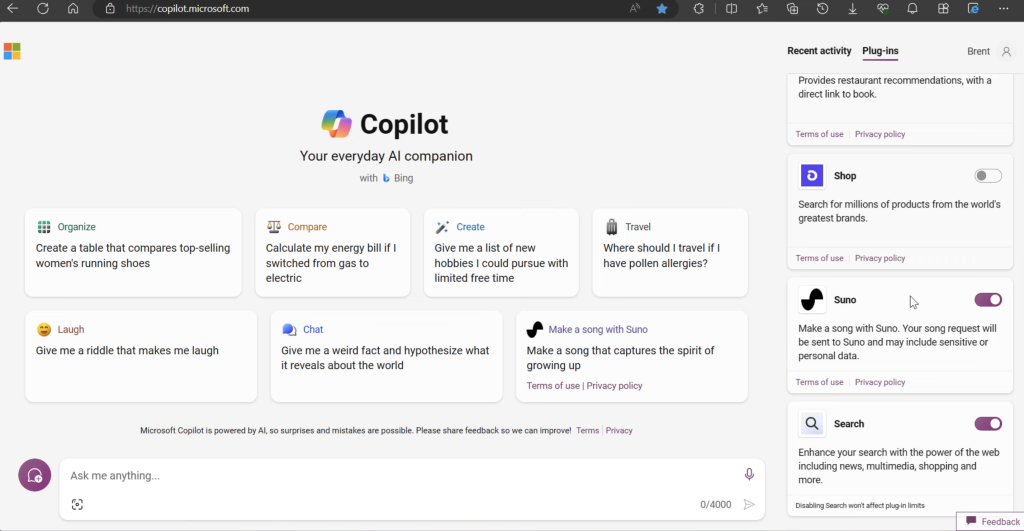
2.2. Navigating the Suno Interface: Key Features and Tools
The Suno interface is designed with intuitiveness and efficiency in mind. It presents a clean and organized workspace, where each feature and tool is easily accessible. Key components include a prompt input area, a music generation console, and options for playback and editing. This user-friendly interface ensures that both novice and experienced users can navigate the Suno environment with ease, focusing on creativity rather than technical complexities.
2.3. Setting Up Your First Music Project with Suno
Initiating your first music project with Suno is an exciting step. Start by entering a text prompt related to your desired song theme or style. For instance, “Compose a 3-minute pop song about summer love” could be a starting point. Suno responds to these prompts by generating music that encapsulates your specified elements, such as genre, mood, and subject matter. This immediate response to creative input is what sets Suno apart, offering a unique platform for musical experimentation.
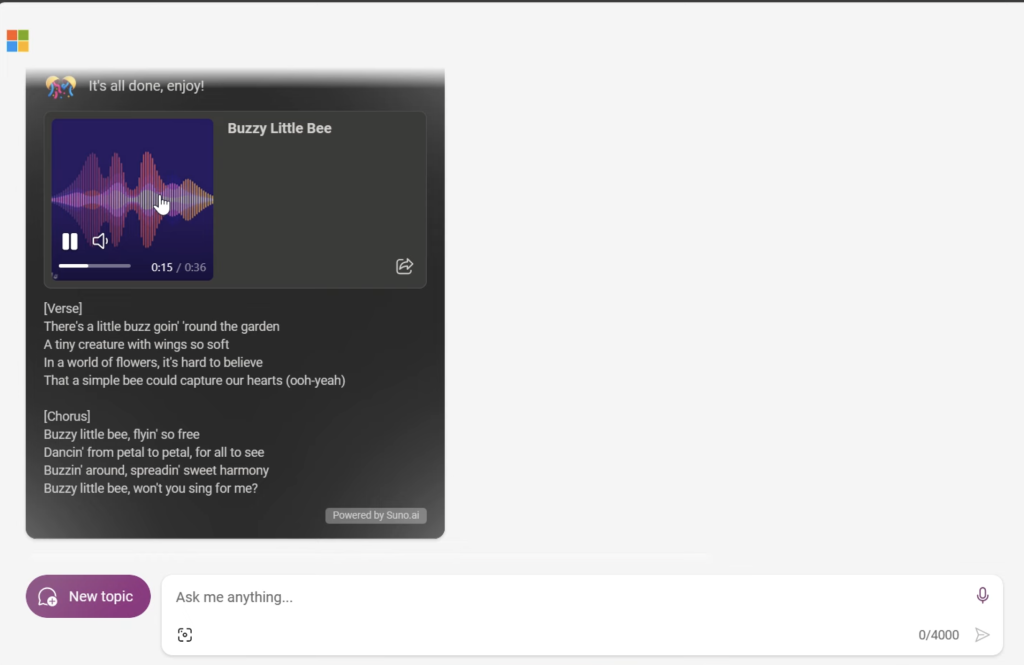
2.4. Tips for Beginners: Maximizing Suno’s Potential
For those new to Suno, here are some invaluable tips to harness its full potential:
- Start with simple prompts to familiarize yourself with Suno’s response patterns.
- Experiment with different genres and themes to explore Suno’s versatility.
- Use the playback and editing features to refine the generated music.
- Don’t hesitate to re-prompt Suno for variations and improvements on your initial idea.
- Remember, the goal is to blend your creativity with Suno’s AI capabilities, achieving a synergy that enhances the musical composition process.
Chapter 3: Crafting Effective Suno Prompts
3.1. The Art of Writing Suno Prompts: Basic Guidelines
The cornerstone of maximizing Suno’s capabilities lies in the craft of composing effective prompts. A well-structured prompt not only guides the AI in the desired musical direction but also encapsulates the essence of the intended composition. Key elements to consider include clarity in genre specification, mood, lyrical themes, and any specific musical nuances. Precision in these details ensures that Suno aligns closely with your creative vision.
3.2. Examples of Successful Prompts for Different Music Genres
To illuminate the potential of Suno across various musical landscapes, let’s explore examples of successful prompts:
- For pop music: “Create an upbeat pop song about celebrating life, with a catchy chorus and vibrant rhythms.”
- In jazz: “Generate a smooth jazz track that exudes a laid-back, evening vibe with prominent saxophone melodies.”
- For classical: “Compose a serene classical piece featuring piano and strings, evoking a sense of tranquility.” These examples demonstrate how specific details can steer Suno towards generating music that resonates with the intended genre’s characteristics.
3.3. Fine-Tuning Prompts for Specific Musical Elements
Beyond genre and mood, fine-tuning your prompts to include specific musical elements can significantly enhance the outcome. This could involve specifying instrumental solos, rhythmic patterns, or even structural aspects like verse-chorus-verse arrangements. For instance, “Incorporate a guitar solo after the second chorus” or “Use syncopated beats in the verses.” Such precision commands empower Suno to create more complex and tailored musical pieces.
3.4. Avoiding Common Pitfalls in Prompt Creation
See more : AISEO Review: AI Content Marketing With SEO Integration
While crafting prompts, it’s crucial to avoid common pitfalls that could lead to less than satisfactory outcomes. Vague or overly broad prompts can result in generic outputs. Conversely, excessively detailed or technical prompts might confuse the AI, leading to disjointed musical pieces. Striking the right balance between detail and creativity is key to leveraging Suno’s full potential.
Chapter 4: Exploring Musical Genres with Suno
4.1. Diverse Genres at Your Fingertips: From Jazz to EDM
Suno AI’s versatility shines in its ability to generate music across a spectrum of genres. From the soulful depths of jazz to the pulsating rhythms of electronic dance music (EDM), Suno offers a diverse palette for musical exploration. This range allows users to experiment and find their unique sound, whether they’re crafting a melancholic blues number or a high-energy techno track. The key lies in understanding each genre’s nuances and how Suno interprets and renders them into cohesive musical pieces.
4.2. Experimenting with Suno’s Genre Adaptability
The adaptability of Suno in genre experimentation is remarkable. Users can delve into genre-bending exercises, merging classical elements with modern beats or infusing rock with electronic vibes. Such cross-genre experimentation not only showcases Suno’s flexibility but also encourages users to think outside traditional musical boundaries. By exploring these hybrid styles, creators can unearth new sounds and contribute to the evolution of music genres.
4.3. Creative Approaches to Mixing Genres with Suno
Creative approaches in mixing genres open up a world of possibilities with Suno. Imagine blending the intricate rhythms of Afrobeat with the melodic structures of pop, or fusing the raw energy of punk rock with the smooth flow of R&B. These genre fusions, facilitated by Suno, allow for the creation of unique and innovative musical expressions. It’s an opportunity for artists and producers to redefine musical categories and create trendsetting sounds.
4.4. Understanding Suno’s Strengths and Limitations in Genre Representation
While Suno excels in a wide range of musical styles, it’s essential to acknowledge its strengths and limitations. Certain genres, especially those heavily reliant on emotional expression or complex instrumental interplay, might pose challenges for AI interpretation. Understanding these limitations helps in setting realistic expectations and leveraging Suno’s strengths effectively. Despite these constraints, Suno remains a powerful tool for genre exploration and musical innovation.
Chapter 5: Exporting and Sharing Your Suno Creations
5.1. The Process of Exporting Suno Music
Once you’ve created music with Suno that resonates with your vision, the next step is exporting your masterpiece. Suno allows for seamless exporting of your compositions in various formats, such as MP3 or MusicXML. These formats offer flexibility, whether you’re looking to share your creation online or further refine it using professional audio editing software. The export process is designed to be straightforward, ensuring that your creative output is easily transferable and ready for the next stage of production.
5.2. Collaborative Opportunities: Sharing Your Suno Projects
Sharing your Suno creations opens up numerous collaborative opportunities. Suno’s platform includes features for easy sharing, allowing you to invite feedback from peers or collaborate with other artists and producers. This collaborative aspect is crucial in the creative process, as it brings different perspectives and ideas, potentially elevating your music to new heights. Whether you’re working on a personal project or a professional piece, Suno’s sharing capabilities ensure that your music reaches the right audience and collaborators.
5.3. Iterating and Refining Suno Outputs
A vital part of the creative process is iteration. With Suno, you can refine and iterate on your musical creations based on feedback or new ideas. This iterative process is facilitated by Suno’s intuitive interface, allowing for adjustments and enhancements. Whether it’s tweaking the melody, adjusting the tempo, or adding new instrumental layers, Suno provides the flexibility to refine your music until it perfectly aligns with your artistic vision.
5.4. Integrating Suno Music into Professional Workflows
Suno’s true power is realized when its outputs are integrated into professional music production workflows. The ability to export in standard formats means that Suno creations can be easily imported into digital audio workstations (DAWs) for further development. This integration is seamless, ensuring that Suno-generated music can be enhanced with additional instrumentation, mixed, and mastered to professional standards. Suno, therefore, becomes not just a tool for ideation but an integral part of the music production pipeline.
Chapter 6: The Future of AI in Music: Suno and Beyond
6.1. Current Capabilities and Limitations of AI in Music
As we explore the landscape of AI in music, it’s crucial to understand the current capabilities and limitations of technologies like Suno. While Suno has made significant strides in generating music across various genres and styles, it’s essential to recognize that AI-generated music still has boundaries. The current iteration of Suno excels in creating structured compositions and experimenting with different musical elements, but it may not fully capture the nuanced emotions and complexities that a human composer can. Recognizing these limitations is key to effectively utilizing AI in music production.
6.2. Ethical Considerations in AI-Generated Music
The rise of AI in music brings forward important ethical considerations. Issues such as copyright, originality, and the role of AI in creative processes are at the forefront of discussions. As AI systems like Suno become more advanced, ensuring that they are used in a way that respects existing copyrights and fosters genuine creativity becomes increasingly important. Navigating these ethical waters will be crucial for the sustained integration of AI in the music industry.
6.3. The Evolving Role of AI in the Music Industry
See more : InVideo Alternatives For AI Video Editor 2023: Pictory vs InVideo
AI’s role in the music industry is continually evolving. Suno and similar technologies are transitioning from being mere tools for experimentation to becoming integral parts of the music production process. This evolution is not about replacing human creativity but augmenting and enhancing it. AI can assist in generating ideas, experimenting with new sounds, and even providing inspiration for artists, thereby enriching the music creation process.
6.4. Future Developments and Trends in AI Music Generation
Looking ahead, the future of AI in music generation like Suno is incredibly promising. We can anticipate further advancements in AI’s ability to understand and replicate complex musical emotions and styles. The integration of AI in music education, personalized music creation, and even live performances is a potential trend. Additionally, the development of more intuitive interfaces and collaboration tools will make AI in music more accessible to artists and creators, paving the way for a new era of musical innovation.
Chapter 7: Conclusion and Key Takeaways
7.1. Summarizing the Power of Suno in Music Creation
As we conclude our exploration of Microsoft Copilot’s Suno AI, it’s clear that this innovative tool has ushered in a new era in music creation. Suno’s ability to generate music based on text prompts has not only simplified the process of composing music but also opened up endless creative possibilities. From amateurs to seasoned musicians, Suno empowers a broad spectrum of users to express their musical ideas with ease and sophistication. The integration of AI in music, as exemplified by Suno, signifies a major leap forward in the democratization of music production.
7.2. Best Practices for Utilizing Suno Effectively
To harness the full potential of Suno, it’s important to adhere to best practices:
- Clearly define your musical goals and craft detailed prompts.
- Experiment with different genres and styles to explore Suno’s versatility.
- Utilize Suno’s outputs as a starting point for further creative development.
- Stay informed about updates and new features to continually enhance your experience with Suno.
7.3. Encouraging Creative Exploration with Suno
Suno’s greatest strength lies in its ability to encourage creative exploration. Users are invited to push the boundaries of traditional music-making, blending genres, and experimenting with new sounds. Suno serves as a creative partner, offering inspiration and new possibilities at every step of the music creation journey.
7.4. Looking Forward: The Continued Evolution of AI in Music
The future of AI in music, with Suno at the forefront, is incredibly promising. As technology advances, we can expect even more sophisticated and nuanced music generation capabilities. The ongoing evolution of AI in music promises not only enhanced creative tools but also new ways of experiencing and interacting with music. The journey with Suno AI is just beginning, and the potential for growth and innovation is boundless.
Frequently Asked Questions (FAQs)
Can Suno Replicate the Style of Specific Artists or Bands?
Suno AI has the capability to generate music influenced by the styles of specific artists or bands. When crafting prompts, mentioning an artist or a band can guide Suno in creating compositions that resonate with their signature sound. However, it’s important to remember that while Suno can emulate styles, it creates original compositions and doesn’t replicate existing works.
How Does Suno Handle Complex Musical Compositions?
Suno is adept at handling complex musical compositions, capable of interpreting intricate prompts to create layered and sophisticated music. The AI considers various elements like harmony, rhythm, and instrumentation to produce compositions. However, the complexity of the output largely depends on the detail and clarity of the prompts provided.
Are There Any Copyright Issues to Be Aware of When Using Suno?
When using Suno, it’s crucial to be mindful of copyright issues. While Suno creates original compositions, if a prompt too closely resembles an existing copyrighted work, it could lead to potential legal challenges. Users are advised to use Suno for inspiration and original creation, avoiding direct imitation of copyrighted material.
Can Suno’s Output Be Used for Commercial Purposes?
Yes, music generated by Suno can typically be used for commercial purposes. However, it’s important to review the terms of use provided by Microsoft Copilot and ensure compliance with any guidelines or restrictions. Users should also consider copyright and licensing issues related to the AI-generated content.
How Does Suno Compare to Traditional Music Composition Methods?
Suno offers a unique approach to music composition, blending AI technology with creative human input. While traditional methods rely heavily on the musician’s skills and experience, Suno simplifies the process, making music creation accessible to a wider audience. It serves as a complement to traditional methods, providing a tool for inspiration and aiding in the creative process.
Latest Articles
Most views
Related Articles
Source: http://tasktwister.com
Category: AI









